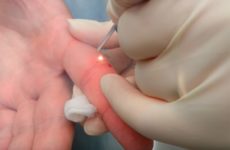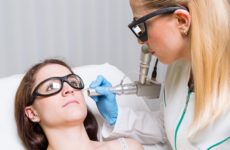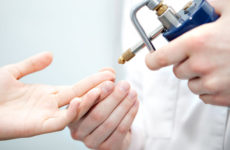Many have known since childhood that papillomas and moles should not be touched once again, and even more so – torn off. But few people can answer the question “why?” What will happen if you tear off the papilloma? What is papilloma and what is the risk of its accidental or intentional stripping?
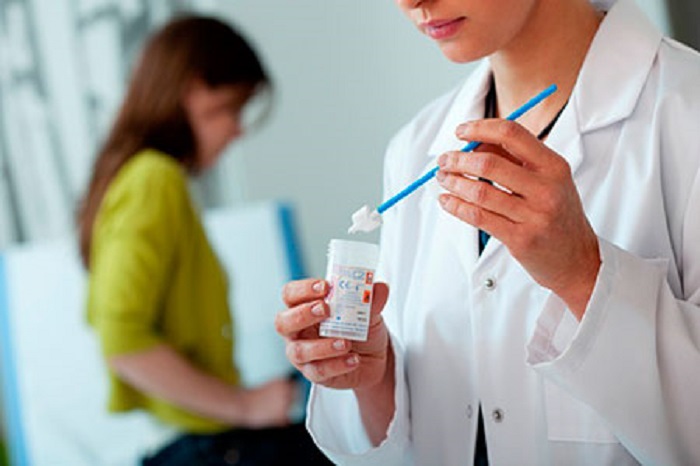
Содержание:
Papillomatosis and its biological essence
Papilloma is a pathological benign formation on any part of the skin and mucous membranes. The most common forms are warts and genital warts. The causative agent may be the human papillomavirus (HPV) – in this case, one can assume the oncological nature of the formation.
At its core, papilloma is a proliferation of epithelial tissue due to the rapid multiplication of cells. The growths are soft or dense to the touch and are characterized by a high growth rate.
Dense papillomas have papillae at the base, consisting of thick fibrous connective tissue, while soft papillomas have a loose structure. Their size usually does not exceed 2–4 mm. In the center of the papillae is stroma – a dense core.
How is the virus transmitted and produced?
HPV is a pathogenic microorganism that causes the growth of epithelial tissue. There are several dozen types of papillomaviruses in the world, each of which is potentially dangerous. The main danger lies in the ability of a benign growth to take a malignant form.
The most common mode of transmission of the virus is sexual. Moreover, contact can be vaginal, anal, oral, or maybe not at all – sometimes petting and kissing is enough, in which the mucous membranes of the partners are in contact. The pathogen penetrates through the smallest holes and microcracks in the mucous membranes and affects a healthy body.

Another way of infection is contact-household. When wearing clothes and shoes of an infected person, using his hygiene items (comb, washcloth, toothbrush), the virus can penetrate into the smallest holes on the skin or mucous membrane, abrasions.
Also, the pathogen can be “caught” in public places (saunas, baths), but this happens extremely rarely, because the virus cannot exist in the environment for a long time.
During childbirth, the virus is transmitted to the child from an infected mother. There is a risk of infection with breastfeeding.
HPV can be in the body for a long time and not make itself felt. So, its carriers are about 90% of the population. The incubation period can drag on for several decades, and under certain conditions, under which immunity is reduced, the virus is activated. Prerequisites for the appearance of neoplasms are:
- severe infections.
- Exacerbation of chronic diseases.
- Pregnancy.
- Taking medications that weaken the immune system.
It is noteworthy that throughout life a person can adopt different types of HPV. As soon as the body’s defense system weakens, the virus penetrates into the nuclei of cells, which is why they begin to actively divide.
A large accumulation of affected cells manifests itself in the form of formations on the surface of the skin – those same papillomas. Benign growths usually disappear without intervention in a few months.
When does the growth exfoliate on its own?
If the growth fell off by itself, this is not good and not bad. It all depends on what the oncologist says after this event. In what cases can an independent exfoliation of papilloma occur?
- Papilloma appears as a result of weakened immunity . As soon as it returns to normal and strengthens, the neoplasm quickly dries up and falls off. This rarely happens, in those cases when a person was alerted by the appearance of a build-up, and he seriously took up his health.
- Hemangioma is a congenital benign formation that is more common in newborns and infants. A characteristic sign of the formation of hemangioma is the darkening of the papilloma down to black and its exfoliation.
- Hormonal changes . Most often, for this reason, papillomas fall off in young mothers some time after childbirth, when hormones return to normal, and in adolescents at the end of puberty.
In any of these situations, you need to be examined by an oncologist.

How can you accidentally remove, tear off, cut off the growth?
Most often, papillomas are formed in those places that account for the most mechanical impact: face, neck, hands, intimate places. It is at these localizations that they are most easily torn off.
On the face
On the face, papilloma can be located in any area: on the chin, cheeks, nose, forehead, eyelids. A person comes into contact with the face more than once during the day, so the growth can be easily torn off by accident.
This can happen when washing, using cosmetics (especially scrubs), when removing acne on your own, when dressing and removing piercings near papillomas. You can even accidentally tear it off by scratching your face, for example, in a dream. In addition, some perceive education as an ordinary pimple and purposefully try to get rid of it.
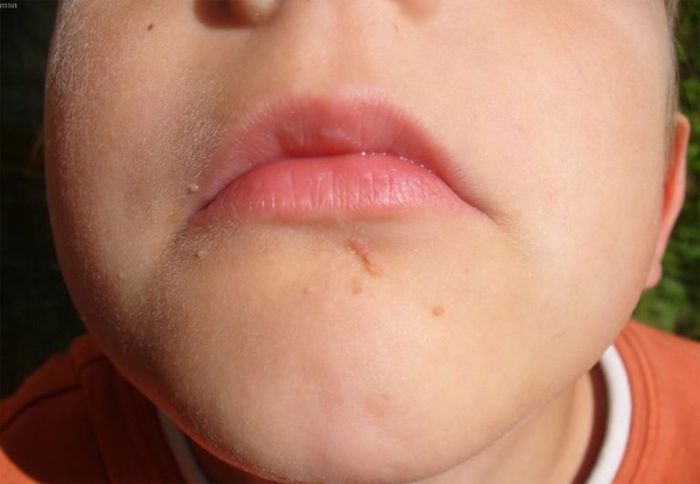
Armpit
In this area, papillomas accidentally fall off during depilation. Sometimes a person simply forgets about the presence of a build-up, and sometimes he does not calculate his strength and gets rid of papilloma when using a razor, epilator, wax strips, etc.
You can remove the papilloma in the armpit when wearing uncomfortable underwear or tight clothes, especially during physical exertion, when the seam constantly has a mechanical effect on the neoplasm, as a result of which it falls off. Rub the papilloma in the armpit, maybe the strap of a backpack or bag.
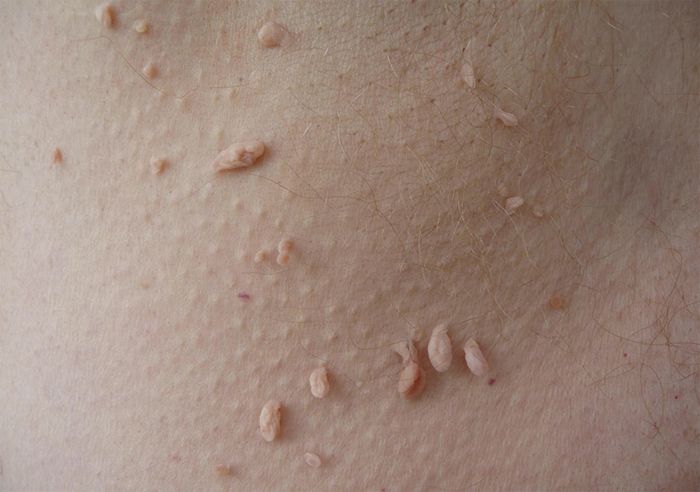
Filamentous formations
On the neck
You can accidentally remove papilloma on the neck in the shower, using a coarse washcloth, with active combing, wearing jewelry, tight turtlenecks and clothes with a high narrow collar, scarves.
You can hook the neoplasm with a zipper on a jacket, squeeze it with a bag strap, damage it during hairdressing or when combing.
In the intimate area
Papilloma in the intimate area can be damaged during getting rid of unwanted vegetation (razor, epilator, wax and sugar paste), intimacy and caresses, with strong pressure when using toilet paper, when scratching, active sports (cycling), wearing tight tight trousers.
Also, the risk of accidental peeling of the papilloma in an intimate place is higher in people who are overweight, when there is constant friction when walking.
On other parts of the body
You can accidentally tear off a papilloma with any mechanical and chemical impact:
- Damage to clothes, linen.
- Fall or blow (for example, when hit with an elbow, on which a papilloma has formed, it can fall off).
- Unconscious detachment (scratched in a dream, during a serious conversation, etc.).
- Wearing jewelry.
- The use of various lotions, masks, body scrubs.
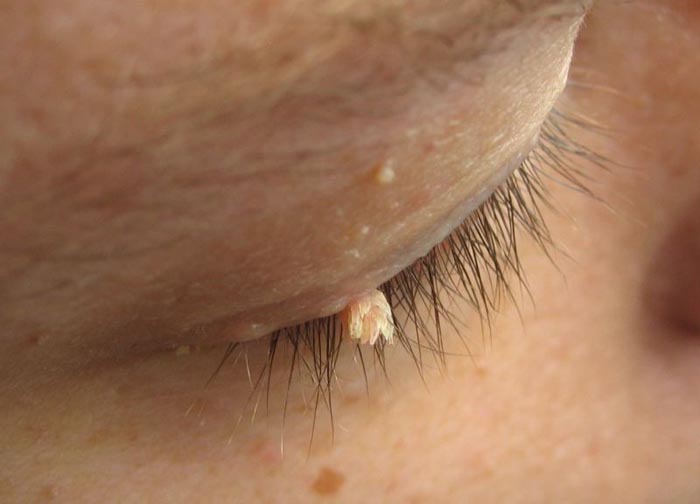
Thermal effects (burns), animal bites and other factors can also damage the neoplasm.
Consequences of damage, why not cut
Papilloma is a viral formation, i.e., although it is based on non-cellular structures, it is still capable of performing some functions of living cells.
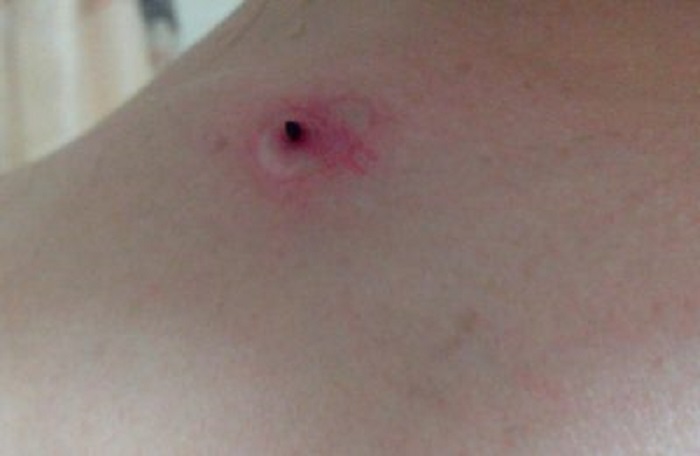
If the neoplasm is damaged, even if it remains in place, but its integrity is violated, the cells affected by the virus begin to divide again. What consequences can this lead to?
- The simplest thing that can happen is the appearance of an open bleeding wound in the place where the growth was . After peeling off the papilloma, blood can flow for a long time, as a result of which the wound remains vulnerable to the penetration of microbes and bacteria for a long time, i.e. infection.
- The place of papilloma removal can become a source of tissue inflammation : itching, burning, and unpleasant sensation appear. Sometimes a purulent wound, abscess or re-formation is formed, but already larger and of a different color.
- An open wound at the site of papilloma removal is a favorable condition for the virus to escape and damage neighboring skin. So, instead of one growth, several of them may appear. In addition, this increases the risk of infecting other people by contact.
- The most dangerous consequence is the launch of the oncological process.
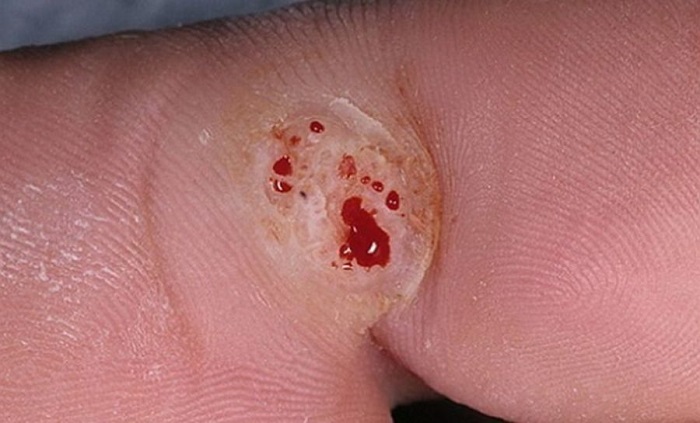
To avoid these consequences, you need to urgently visit a doctor or at least take some safety measures.
What to do if a formation has come off the skin?
We need to act urgently. If it is not possible to go to the hospital at the same moment, you must perform a number of simple steps:
- Treat the wound with any antiseptic (iodine, brilliant green, hydrogen peroxide, potassium permanganate, or at least ordinary alcohol).
- Isolate the wound from the environment with gauze, plaster, or a clean cloth.
- Go to the doctor.
The doctor will examine the wound and send it for examination, which will help determine the nature of the formation. If the papilloma was simply damaged, but not completely removed, it is better to visit a specialist for its complete removal.
Currently, many modern methods are used to get rid of growths quickly, painlessly and directly from the root to avoid possible recurrence.
Papilloma is not only dangerous, but also brings a lot of aesthetic inconvenience to the patient. First of all, you need to protect yourself from infection with the virus and the appearance of growths on the body.
To do this, you should take care of your health, avoid promiscuity, do not use other people’s things and household items for personal purposes. If, nevertheless, a papilloma appears on the body, it is better not to wait for its accidental damage or change in structure, but immediately contact a specialist to remove it.



